This post is also available in: ![]() English
English ![]() Français (French)
Français (French)
Definition
The Vapor Pressure Deficit (VPD) is one of the main forces driving evapotranspiration in plants. The VPD is the difference between the maximum amount of water the air can hold and the amount it does contain.
VPD = Vapor Pressure (at saturation) – Vapor Pressure (air)
* Unit expressed in kPa or mb or psi
Compared to relative humidity (climatic parameter), the VPD is correlated to leaf transpiration and allows a more accurate approach to improve agronomic performance.
Influence of VPD on plant transpiration
A high VPD (higher than 1.0 kPa) means that the air is dry. Indeed, the air can still hold a large amount of water. In this case, the plant will transpire too quickly resulting in over dry (tissue) and stress. There is a larger difference in vapor pressures between the leaf and the air. It will affect the stomata opening (smaller while the VPD increase) and CO2 uptake (it get reduced).
A low VPD (lower than 0,4 kPa) means the air is near saturation. A VPD of zero means the air is 100% saturated and thus crops cannot transpire effectively. In fact, the water vapor is not leaving the plant, the moisture is staying on the leaf. This can encourage diseases, especially fungal ones.

The VPD is directly linked to the T°C and Relative Humidity (RH %). The influence of one of these variables will have a direct impact on one of the two parameters. It has an impact on the plant physiology and yield of the crops.
Example below:
A temperature increase of 15 °F (ard 10 °C) for the same Relative Humidity will have a direct impact on the VPD increasing its value :

A temperature increase of 15 °F (ard 10 °C) with different The Relative humidity will not impact the VPD value :

Nowadays, more and more growers are doing VPD monitoring and management to optimise their cultivation system being more accurate in their climate control decision.
How to calculate the VPD ?
Many online calculators and application are available for you to be able to calculate your VPD based on your current temperature and relative humidity data.
OMNI calculator:
https://www.omnicalculator.com/biology/vapor-pressure-deficit
The LetsGrow tool !
http://hnt.letsgrow.com/psychro
The University of Arizona – VPD calculator:
https://cals.arizona.edu/vpdcalc/

Then, once you have your measurement you can you the VPD chart to double-check if your growing conditions are following the recommended leaf VPD:
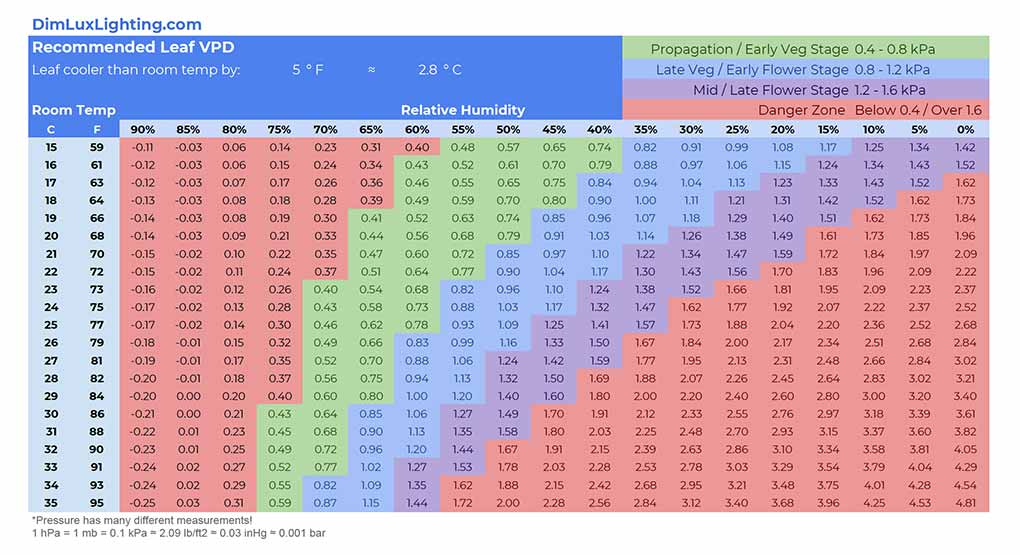
Conclusion
The conditions necessary for optimal photosynthetic activity are directly driven by the VPD. However, the VPD is an indirect indicator, it is not a direct measurement of plant stress or water loss.
Actually, the VPD influences main plant functions such as:
– Stomata opening
– Leaf hydraulic conductance
– Transpiration
– CO2 update
– Nutrient intake at the roots
– Plant stress
Knowing the importance of the VPD is essential for the new generation of greenhouse growers!
Sources:
Konopacki, Paweł et al. “Comparison of vapour pressure deficit patterns during cucumber cultivation in a traditional high PE tunnel greenhouse and a tunnel greenhouse equipped with a heat accumulator.” Spanish Journal of Agricultural Research 16 (2018): 0201.
The Ultimate Vapor Pressure Deficit (VPD) Guide:
https://pulsegrow.com/blogs/learn/vpd#calc
VPD vs. Relative Humidity by HEIDI WOLLAEGER & ERIK RUNKLE
Xuemei Yu, Mingfei Zhao, Xiaoyan Wang, Xiaocong Jiao, Xiaoming Song, Jianming Li, Reducing vapor pressure deficit improves calcium absorption by optimizing plant structure, stomatal morphology, and aquaporins in tomatoes, Environmental and Experimental Botany, 10.1016/j.envexpbot.2022.104786, 195, (104786), (2022).
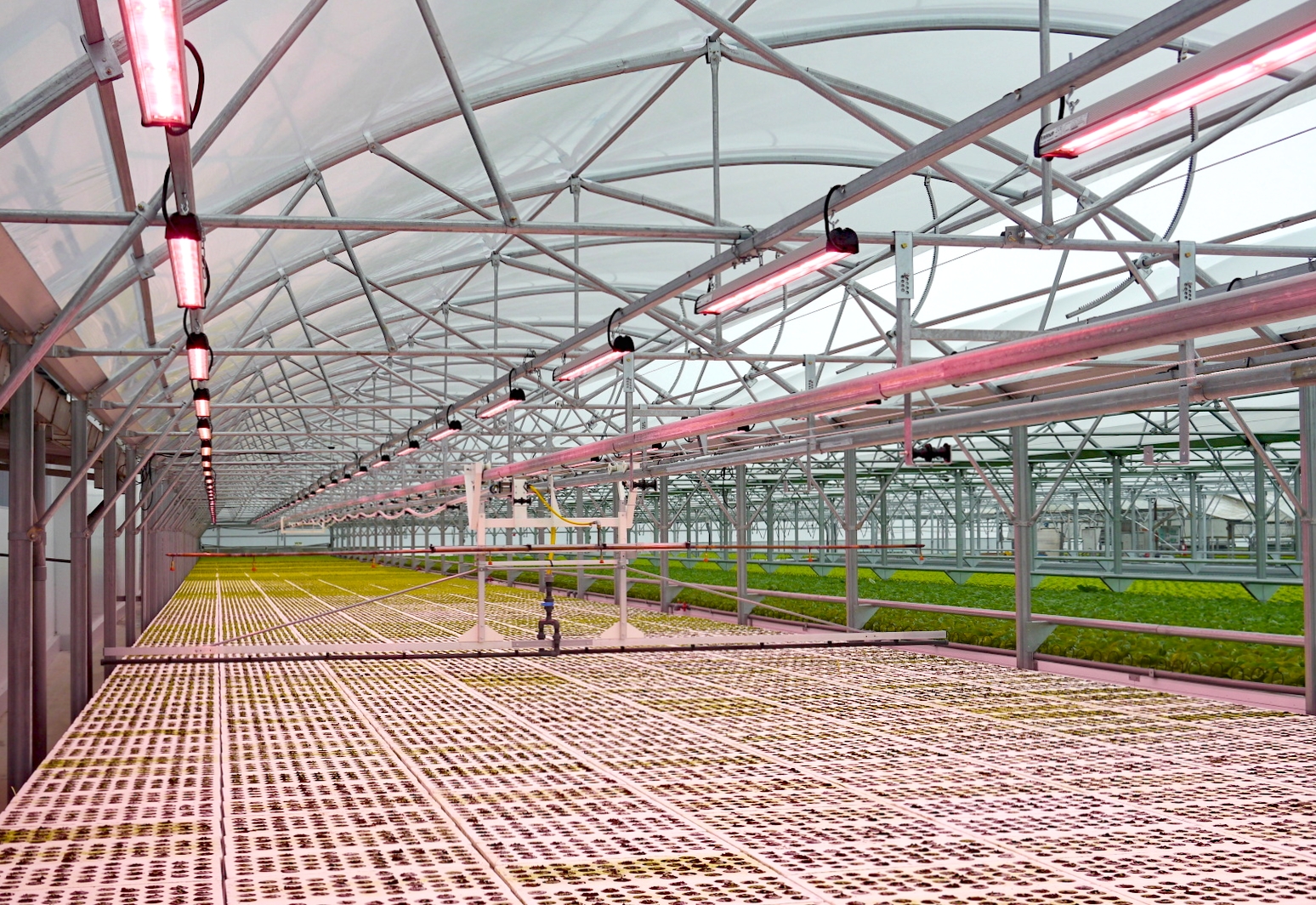


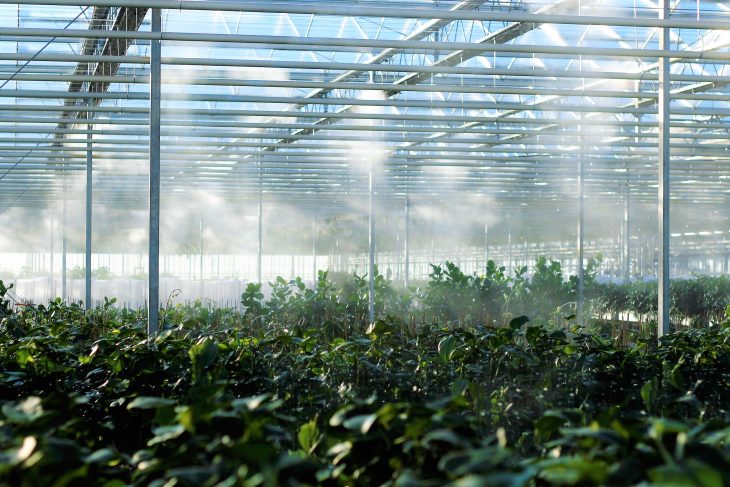
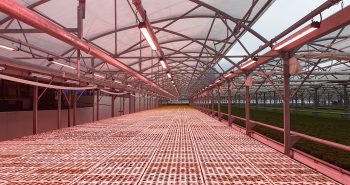
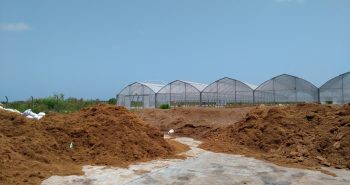
[…] modern climate control using the VPD (lean more about Vapor-Pressure Deficit) as one of the main parameter to control the equipment in the growing area is used. Moreover, the […]
[…] * Why the Vapor-Pressure Deficit (VPD) is an essential indicator to monitor?https://horti-generation.com/why-vapor-pressure-deficit-vpd-is-an-essential-indicator/ […]